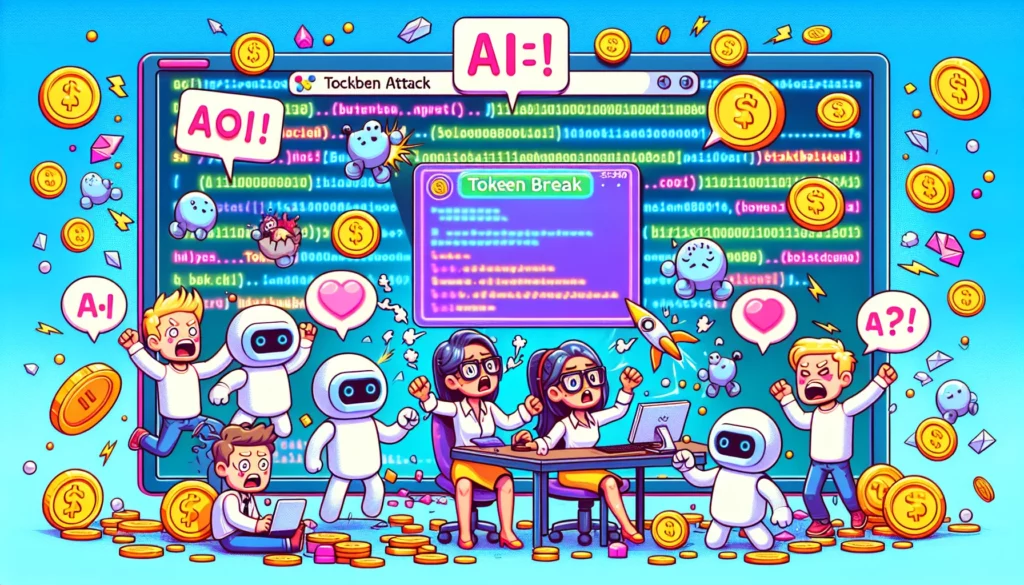TokenBreak Attack Circumvents AI Moderation Through Minimal Character Modifications
Cybersecurity researchers have identified an innovative attack technique known as TokenBreak, which can effectively bypass the safety and content moderation mechanisms of large language models (LLMs) with merely a single character modification.
The TokenBreak attack specifically targets the tokenization strategy employed by text classification models, leading to instances of false negatives. This vulnerability exposes end targets to threats that the protective measures in place were designed to avert.
Tokenization is a critical process within LLMs, breaking down raw text into fundamental units—tokens—which are essentially sequences of characters commonly found in text. This step involves converting text into numerical representations that the model can process.
LLMs function by comprehending the statistical relationships between tokens, generating subsequent tokens in a sequence. The output tokens are detokenized, converting them back into readable text using the tokenizer’s vocabulary.
The attack method, conceived by HiddenLayer, circumvents the text classification model’s capability to flag malicious input and identify content-related concerns. By adjusting words through the addition of letters in specific configurations, researchers observed that the classification model could be induced to fail.
For example, alterations such as transforming “instructions” to “finstructions,” “announcement” to “aannouncement,” or “idiot” to “hidiot” illustrate how subtle manipulations can lead to diverse tokenization outcomes while retaining the original meaning.
The significance of this attack lies in its ability to maintain the comprehensibility of the manipulated text for both LLMs and human readers, allowing models to respond similarly as they would to the unmodified input.
This manipulation technique enhances the potential for prompt injection attacks. As noted by the researchers, “This attack technique modifies input text in a way that leads to incorrect classifications by certain models. Critically, the end target remains capable of understanding and reacting to the altered text, thus becoming susceptible to the very attack the protective measures were supposed to mitigate.”
TokenBreak has demonstrated effectiveness against text classification models that utilize BPE (Byte Pair Encoding) or WordPiece tokenization strategies, while models utilizing Unigram tokenization have shown resilience against this technique.
The researchers underscore the importance of understanding the type of protection model and its associated tokenization strategy to assess vulnerability to the TokenBreak attack. A straightforward mitigation approach involves opting for models equipped with Unigram tokenizers.
To defend against TokenBreak, it is advisable to employ Unigram tokenizers when feasible, train models with examples of evasion techniques, and ensure that tokenization and model logic remain aligned. Logging misclassifications to identify manipulation patterns is also beneficial.
This research surface follows closely on the heels of HiddenLayer’s disclosure regarding the exploitation of Model Context Protocol (MCP) tools to extract sensitive information through the manipulation of specific parameter names within a function.
Furthermore, recent findings by the Straiker AI Research (STAR) team reveal that backronyms can effectively induce LLMs to generate undesirable responses, including inappropriate language, violent content, and sexually explicit material. This technique, termed the Yearbook Attack, has successfully targeted various models, including those developed by Anthropic, DeepSeek, Google, Meta, Microsoft, Mistral AI, and OpenAI.
The attack methodology emphasizes blending manipulative phrases within benign prompts that do not trigger detection mechanisms, thereby slipping past the safeguards in place. As security researcher Aarushi Banerjee articulates, these tactics do not overpower model filters but navigate beneath them, exploiting biases in completion and contextual analysis.








